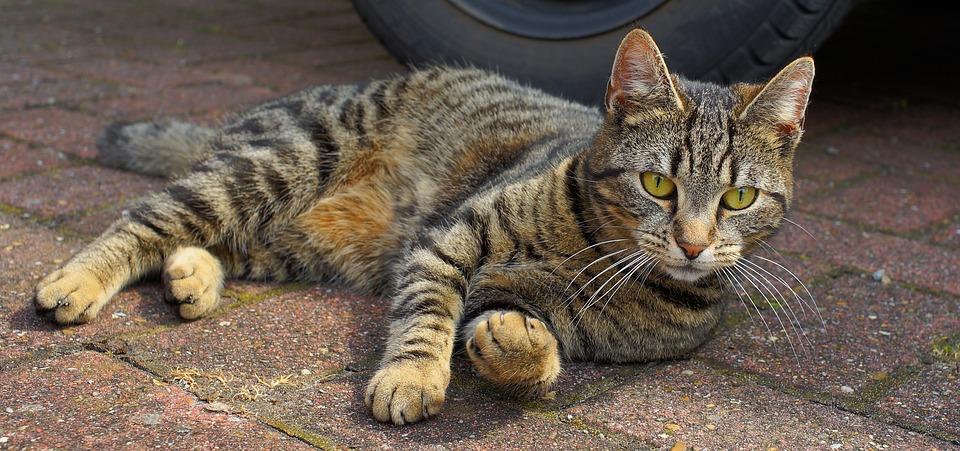Introduction:
Maintaining a healthy weight is crucial for cats to lead a long and happy life. Just like humans, cats can also struggle with weight issues, which can lead to various health problems. In this article, we will discuss the importance of diet and exercise in cat weight management and provide valuable tips to help your feline friend achieve and maintain a healthy weight.
I. Understanding Cat Obesity:
A. What is cat obesity?
Cat obesity refers to an excessive accumulation of body fat in cats. It is determined by a cat’s body condition score, which assesses the amount of visible and palpable fat on the cat’s body.
B. How does obesity affect cats?
Obesity can have detrimental effects on a cat’s overall health. It increases the risk of developing various conditions such as diabetes, arthritis, heart disease, and respiratory problems. Obesity can also shorten a cat’s lifespan and decrease their quality of life.
C. Causes of cat obesity
There are several factors that contribute to cat obesity, including overfeeding, lack of exercise, genetics, and certain medical conditions. It is essential to identify the underlying causes to effectively manage a cat’s weight.
II. Diet for Weight Management:
A. Choosing the right cat food
When selecting cat food for weight management, it is crucial to look for high-quality protein sources as the primary ingredient. Protein helps cats feel full for longer periods, supporting weight loss efforts. Avoiding excessive carbohydrates is also important as they can contribute to weight gain.
B. Feeding guidelines for weight loss
Determining the appropriate caloric intake for your cat is crucial for successful weight loss. Consult with your veterinarian to calculate the optimal number of calories your cat should consume. Establishing a feeding schedule and using interactive feeders can help control portion sizes and prevent overeating.
C. Special dietary considerations
In some cases, prescription weight loss diets or nutritional supplements may be recommended by your veterinarian to aid in weight management. These specialized diets are formulated to provide balanced nutrition while promoting weight loss.
III. Exercise for Weight Management:
A. Importance of exercise for cats
Regular exercise is essential for weight management in cats. It provides physical and mental stimulation, helps burn calories, and maintains muscle tone. Exercise also helps prevent boredom and destructive behavior.
B. Types of exercise for cats
Interactive toys and puzzles can engage cats in physical activity and mental stimulation. Encouraging active play with toys and laser pointers can also help cats burn calories. When considering exercise options, it is important to evaluate the safety of indoor and outdoor activities.
C. Creating an exercise routine
Setting realistic goals for your cat’s exercise routine is important to prevent injury and ensure consistent progress. Start with shorter play sessions and gradually increase the duration and intensity of activities. Regular monitoring of your cat’s weight and overall well-being will help track progress.
IV. Frequently Asked Questions (FAQs):
Q1. How can I tell if my cat is overweight?
You can assess your cat’s weight by feeling their ribs and spine. If you can’t easily feel them, your cat may be overweight. Consult with your veterinarian for a more accurate assessment.
Q2. Can I put my cat on a human weight loss diet?
No, human weight loss diets are not suitable for cats and can be harmful to their health. Consult with your veterinarian for appropriate dietary recommendations.
Q3. Are there any specific cat breeds prone to obesity?
Certain cat breeds, such as Maine Coons and British Shorthairs, are more prone to obesity due to genetic factors. However, any cat can become overweight if not properly managed.
Q4. How much exercise does my cat need?
The amount of exercise needed varies depending on the cat’s age, health, and individual preferences. On average, cats should engage in at least 15 minutes of active playtime twice a day.
Q5. Can I let my cat free-feed?
Free-feeding, where food is available at all times, can contribute to overeating and weight gain. It is generally recommended to establish a feeding schedule to control portions and promote healthy eating habits.
Conclusion:
By understanding the role of diet and exercise in cat weight management, you can make informed decisions to help your furry companion achieve and maintain a healthy weight. Remember to consult with your veterinarian to create a personalized weight loss plan tailored to your cat’s specific needs. With dedication and care, you can improve your cat’s overall health and ensure a happy and active life together.








